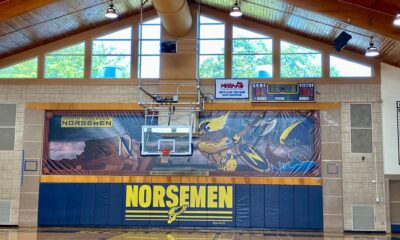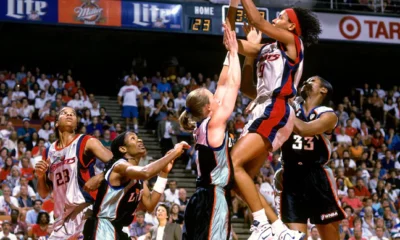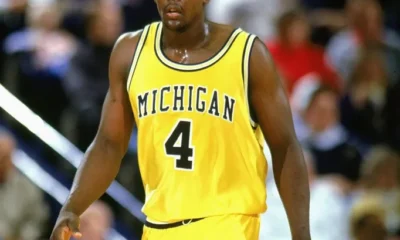As we drop the puck on the 2025-26 NHL season, it’s the perfect time to take a look back at one of the league’s most storied franchises. A team built on tradition, grit, and moments that defined generations of hockey fans. From unforgettable playoff runs to legendary players who changed the game, their legacy continues to set the standard for excellence. Let’s dive into the history of one of the NHL’s greatest teams.
Formation of the Team
In 1926, the NHL granted Detroit its first hockey franchise, the Detroit Cougars. The team’s roster came from the defunct Victoria Cougars of the WCHL, bringing some early excitement to the city. But those first few years weren’t easy, as financial struggles forced multiple name changes, first to the Falcons and then finally to the Red Wings. It wasn’t until new owner James E. Norris stepped in and gave the team its now-iconic identity that Detroit’s hockey legacy truly began to take shape.
First Glory Years
In 1936 and 1937, the Red Wings caught fire, winning their first two Stanley Cups behind standout performances from Marty Barry and Herbie Lewis. During World War II, Detroit added another Cup to its growing collection, and just a few years later, a new era began with the debut of Gordie Howe. By 1950, the Red Wings captured their fourth Stanley Cup, setting the tone for a decade of dominance. With three more titles in 1952, 1954, and 1955 led by the legendary trio of Howe, Ted Lindsay, and Sid Abel, known as the “Production Line”, Detroit had firmly established itself as one of hockey’s premier franchises.
Dead Wings
The 1967 season marked the beginning of a tough stretch for Detroit. As the NHL expanded from six teams to twelve, the competition grew stronger, and the Red Wings began to slip. Through the late ’60s and into the ’80s, playoff appearances became rare, and fans dubbed it the “Dead Wings” era. But near the end of that drought, a glimmer of hope emerged when the team drafted a young Steve Yzerman, a move that would soon change the franchise’s future forever.
Back to the Top
The 1989 draft class would go down as one of the best in Red Wings history, bringing in future legends Nicklas Lidström, Sergei Fedorov, and Vladimir Konstantinov. A few years later, in 1993, Detroit brought in veteran coach Scotty Bowman to lead the charge, and it didn’t take long for success to follow. The Red Wings captured their first Stanley Cup in 42 years in 1997, then went back-to-back with another title in 1998, closing out the century as one of hockey’s true powerhouses. Their dominance carried into the 2000s, adding another Cup in 2002 and one more in 2008, their 11th championship in franchise history.
Modern Era
As the 2010s rolled in, the Red Wings were still a constant presence in the postseason, extending their incredible streak to 25 straight playoff appearances, the longest in North American sports at the time. But eventually, the core that had carried Detroit for so long began to age, and the team entered a rebuilding phase. In 2017, the Red Wings said goodbye to Joe Louis Arena and moved into the brand-new Little Caesars Arena, marking the start of a new era. Two years later, franchise legend Steve Yzerman returned as general manager, determined to restore the team’s championship culture. With young stars like Moritz Seider and Lucas Raymond leading the charge, Detroit is once again building toward the future, chasing the kind of success that defined their storied past.
Interested in more content from us? Check out our website catchmarksports.com, our Facebook page, or our YouTube page!























